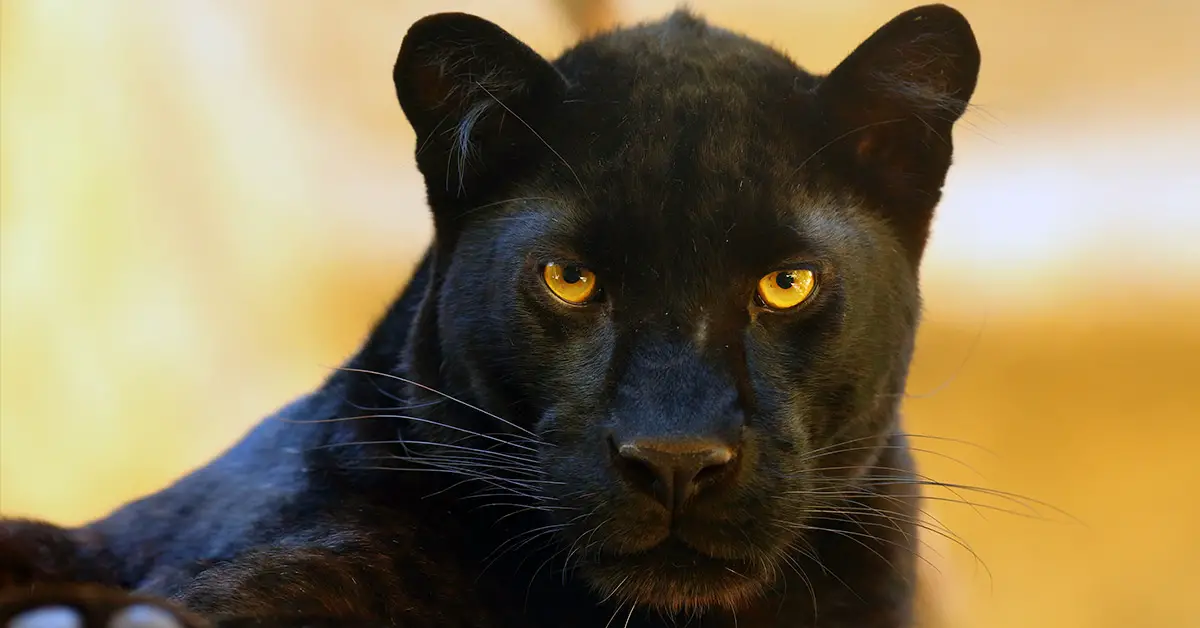Due to its elusive and mysterious nature, we seldom see rare black leopards in their natural habitat. However, one was captured on camera about four years ago in Laikipia, Kenya, by Will Burrard-Lucas, a British wildlife photographer.
Why are black leopards black?
The black color is a result of a genetic mutation called melanism, which is the opposite of albinism. This causes an over-production of the cells, which creates pigment, which gives our black leopard its midnight black coloring. Nick Pilford, the lead researcher of the leopard conservation program in Laikipia, says that melanism occurs in about 11% of leopards globally. Still, most of these leopards live in South East Asia.[1]
Preparing to photograph the elusive black leopard
There have been rumors of black leopard sightings in Laikipia but no photographic evidence; this is what led Will Burrard- Lucas to take his camera to the wilderness camp to try and photograph this elusive yet majestic animal. His camera traps consist of a wireless motion sensor, a high-quality DSLR camera, and two or three flashes.[3]
“I had a quick look at the last trap, not expecting to find much. As I scrolled through the images on the back of the camera, I paused and peered at the photograph below in incomprehension. A pair of eyes surrounded by inky darkness … a black leopard! I couldn’t believe it, and it took a few days before it sank in that I had achieved my dream.”
Burrard-Lucas
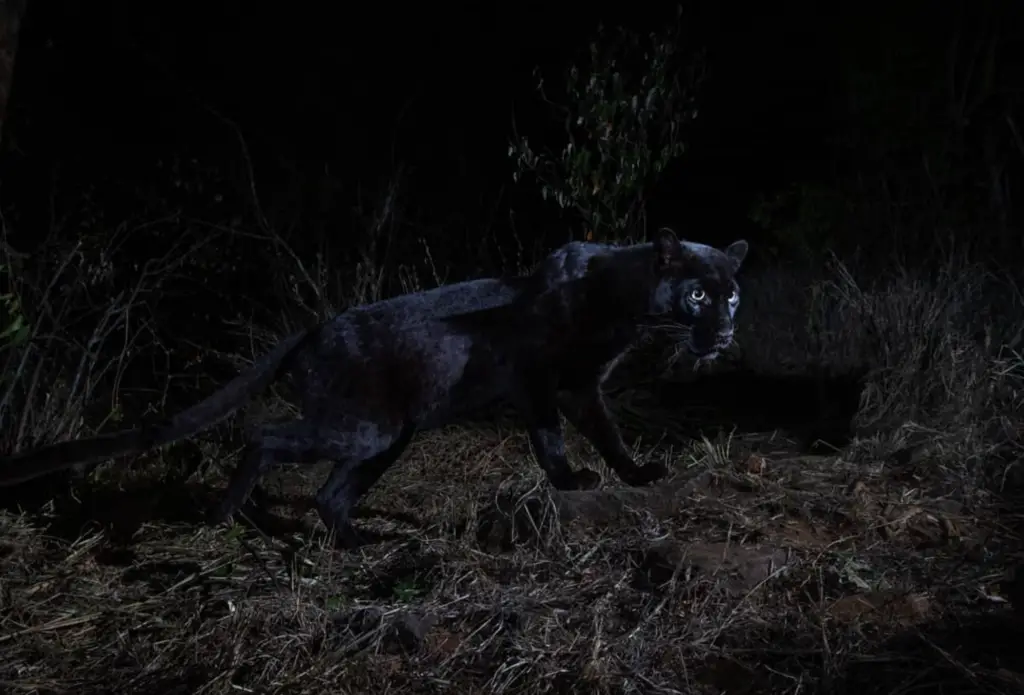
There is a very famous saying, ‘All good things come to those who wait.’ And, this was definitely the case for Will, as it took seven unsuccessful nights of trying to capture the leopard on camera before he actually did. The images he managed to capture are breathtaking. The flashes allow us to see this beautiful dark leopard in all its nighttime glory, with its eyes illuminated by the bright flash flight.
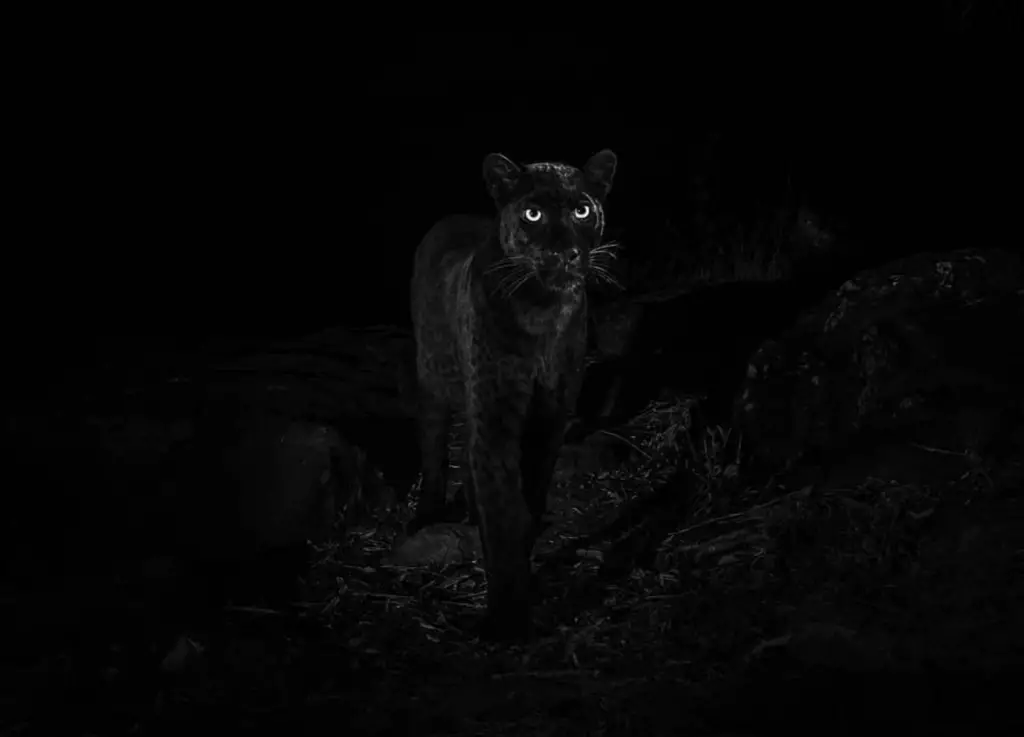
“As far as I know, these are the first high-quality camera trap photographs of a wild melanistic leopard ever taken in Africa.”
Burrard-Lucas
History is made
There is no doubt that this exceptional creature’s sighting is one for the history books and that it is important, now more than ever, to preserve the habitat of this beautiful and rare leopard.[2]
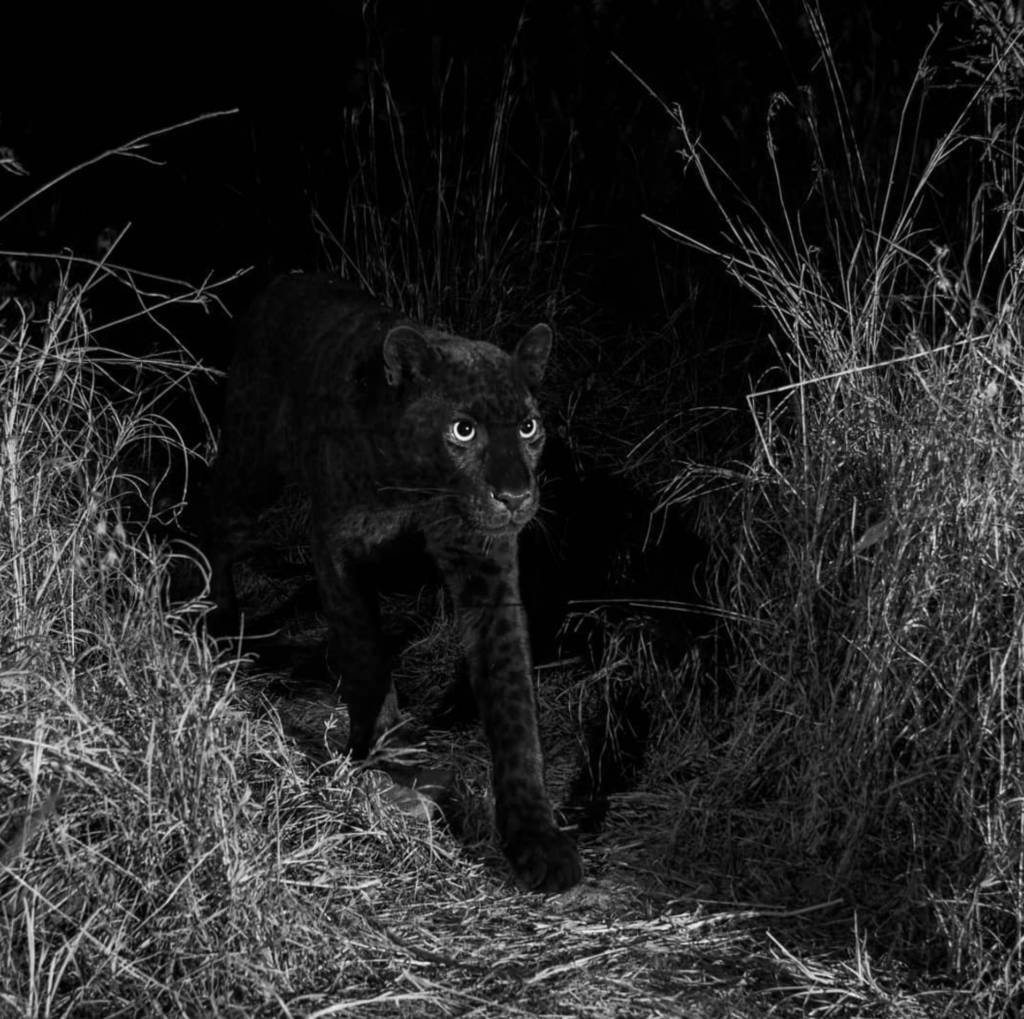
“We had always heard about black leopards living in this region. But the stories were absent of high-quality footage that could confirm their existence. This is what Will’s photos and the videos on our remote cameras now prove and are exceptionally rare in their detail and insight.”
Nick Pilford
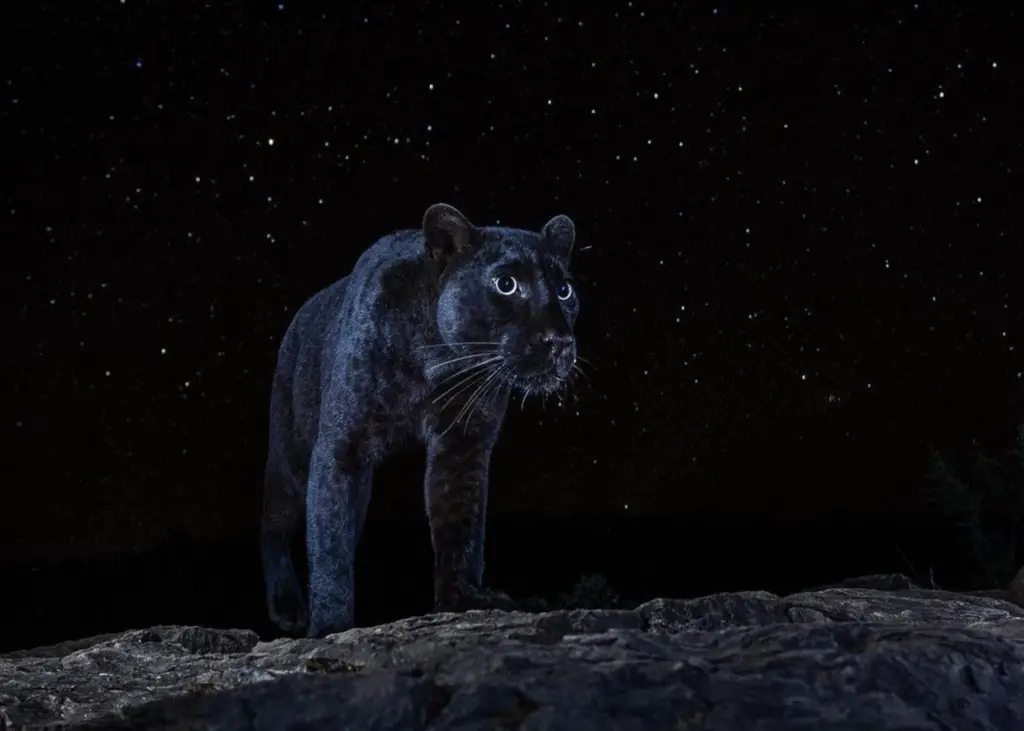
The Daily Nation, a newspaper in Kenya, is disputing the claim and says that one of their photographers managed to capture a shot of one of the black leopards back in 2013.
“Collectively these are the first confirmed images in nearly 100 years of black leopard in Africa, and this region is the only known spot in all of Africa to have black leopard.”
Nick Pilford
To see more of Will Burrard-Lucas’ work check out his Website, Instagram, Facebook, and Youtube
Keep Reading: Geologist Finds Rare Formation Inside Rock That Looks Exactly Like Cookie Monster on Sesame Street
Sources
- “Rare Wild Black Leopard Photographed In Africa For The First Time In Over A Century.” Cole and Marmelade.
- “Rare black leopards of Africa captured in photographic first.” USA Today. David Strege. February 11, 2019.
- “Extremely Rare African Black Leopard Photographed in Wild for First Time in More Than 100 Years.” Travel and Lesure. Cailey Rizzo.February 15, 2019.
